The Hungarian town of Szombathely revitalises its forgotten military base with URBACT
In 2015, the Hungarian town of Szombathely and its 80,000 residents joined the EU-funded URBACT MAPS network with the objective to engage its community in the revitalisation of the notable Hussar barracks, a 22-hectare abandoned military facility near the centre of the town. Since then, a local collective has developed an impactful action plan to create a new green community space on the site.
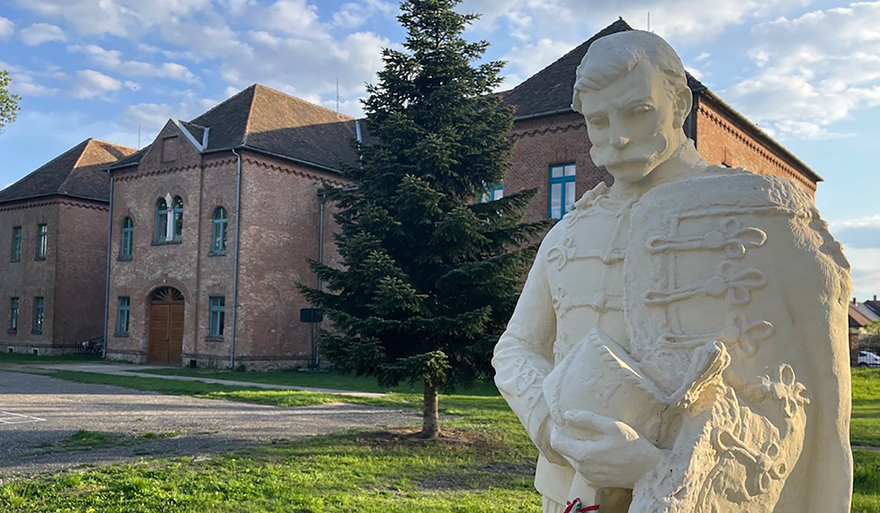
Szombathely (Hungary)
Buildings stand but cannot speak. Yet certain locations witness the unfolding of historical events to such an extent that they tell the story of an entire community. The Hussar barracks, a military facility consisting of some thirty buildings and a surrounding green area in the Hungarian town of Szombathely is exactly a venue like this.
The first buildings of the red brick complex were erected in the era of the Austro-Hungarian Monarchy, but suffered substantial damages during World War II under the Nazi occupation. The base then served as a housing unit for the Soviet army that complemented the existing wings with bathing facilities and a military prison, creating a facility of the highest military standards. The Barracks became completely abandoned after the withdrawal of the army in 1989 and left an unused spot on the map of Szombathely.
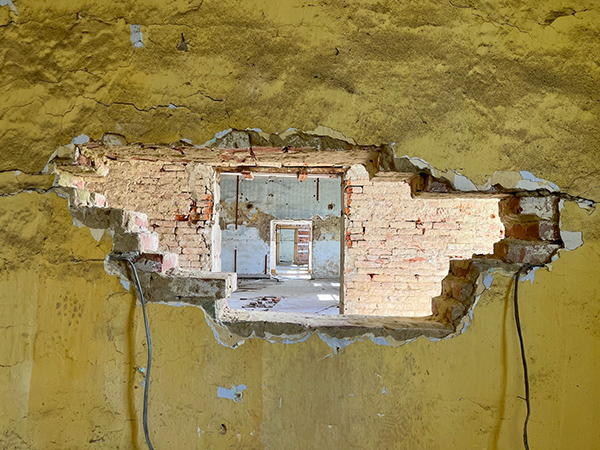
A new vision
After the departure of the Soviet troops, the territory of the Hussar barracks was divided into different zones that resulted in a complex ownership structure. The municipality transferred the ownership of the main building and the surrounding blocks of the cavalry to the Apaczai Foundation, a non-profit pedagogical organization focusing on pedagogy.
The foundation, originally created with the objective to develop a specialist interdisciplinary economist training that integrated courses in law, computer science and sustainability, also had revolutionary ideas to develop local curricula in contrast to a centralised public education. “There was no literature in this area when the foundation came up with the idea,” Frigyes Károly, a former school director and member of the URBACT action group said.
Former president of the foundation Agnes Paksy, who died a few years ago, had the vision to create an educational centre on the site of the barracks that would have provided training to children and young individuals from pre-school to university. The education would have taken place in buildings of heritage status, following the initiative of the foundation to make the former military buildings listed because of their historical importance and artistic value.
However, facing the extraordinary circumstances left behind by the military, it soon became evident that the site was not a suitable learning environment: the dirt, dust, rising groundwater and the walls that were on the verge of collapse would have posed a threat to the safety and well-being of students. “The place was full of bodily waste from floor to ceiling,” said Sára Kaszap, founding member of Apaczai Foundation.
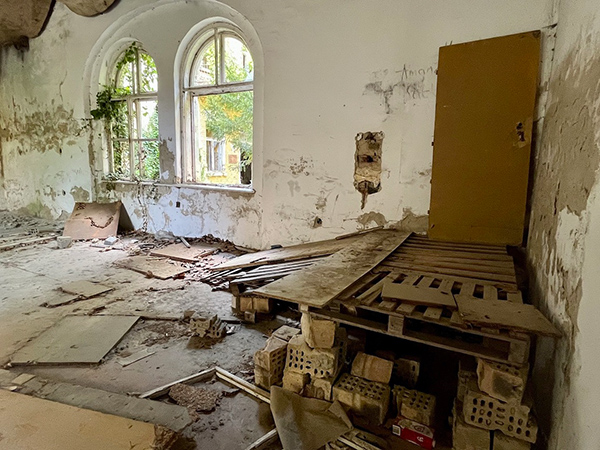
As it became clear that the original objectives couldn’t be met, the municipality wanted the ownership of the complex back. The Foundation became a long-term user of the main building, whose ownership was transferred back to the municipality.
Notwithstanding the simplification of the ownership structure, the lifting of the buildings’ heritage status and innovative ideas to revitalise the area, the municipality lacked sufficient funding to realise a proper transformation plan on the site. “No local actor had the resources to finance a transformational action plan, and investors were also difficult to find,” said Tibor Polgár, director of Strategy at West Pannon Hungaria, a non profit company engaged in sustainable regional development.
Some fresh impetus found at the European level
In 2018, having recognised the huge potential in the area, the municipality of Szombathely decided to join the URBACT MAPS network whose aim is to transform abandoned military assets into public spaces in consultation with citizens and local actors and create new spaces that can be symbols of social cohesion.
The URBACT initiative of the European Regional Development Fund has been present in Hungary since 2002. According to Mariann Majorné Vén, senior spatial planner at Lechner Knowledge Centre, projects that demonstrate sustainability, community engagement and the need for urban development have a big potential to succeed. The Szombathely project had all of this.
Tibor Polgár was appointed as project coordinator to make the dream of a revitalised green city centre in Szombathely a reality. Born and raised just 200 metres away from the site, he considered the opportunity to transform the Hussar barracks as a golden opportunity to drive revolutionary change in his hometown and give back to his community.
The challenges of urban planning
As a result of the project, the local URBACT group came up with a plan to sell land in the eastern half of the complex to real estate investors who could make use of the area in compliance with a regulated plan of the city council.
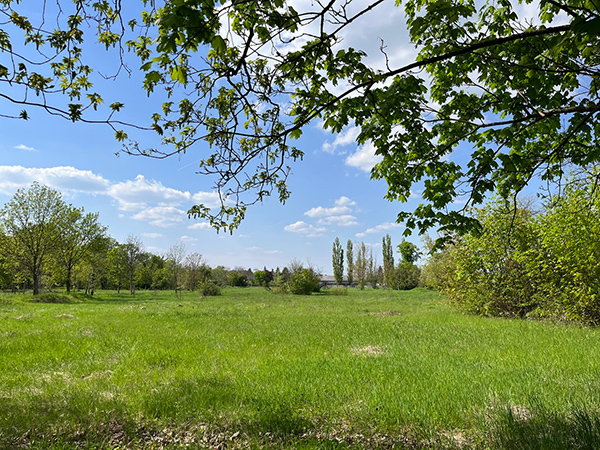
Thus, with a gradual increase of building heights and floor space from the outer zones of the facility towards the centre, a uniform cityscape could be preserved. The development would also include the creation of small family houses to attract young couples and families in a new green and vibrant city area of Szombathely. In addition, road, sewage and public infrastructure would be developed in the currently uninhabited western side at a later stage of the project.
Tibor Polgár highlighted the challenges to enforce such a plan, given the potential conflicts of interest between profit seeking private investors who intend to maximise property value and the local government representing public interest. However, the fact that private investors were also part of the action group that came up with the design of the new area leaves Tibor hopeful that they will comply with the spatial plan.
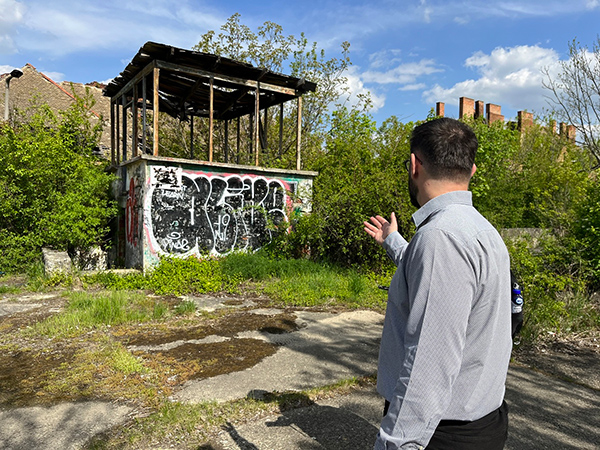
At the end of the URBACT project in 2018, the City council passed a municipal decree to harmonise the spatial plan with the ideas put forward by the initiative. Nevertheless, property sales haven’t started yet as building a strong investment case is proving challenging in a city with as many usable, empty buildings as Szombathely.
From weapons to books
The main building of the Hussar Barracks, that has been fully renovated before the project is now housing a Waldorf School with some 86 students, providing training to children who strive better in an alternative learning environment based on co-operation between students and professors rather than in full frontal classroom teaching.
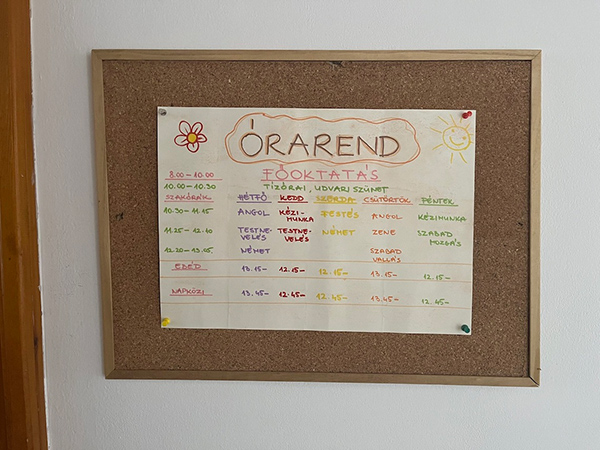
The Waldorf philosophy encourages students to take an experiential approach to learning, with workshops such as soap making and organic cookie baking. Pupils also manage their own gardening projects outside the main building and have their playground on the site of what was once the exercise area of the Soviet army.
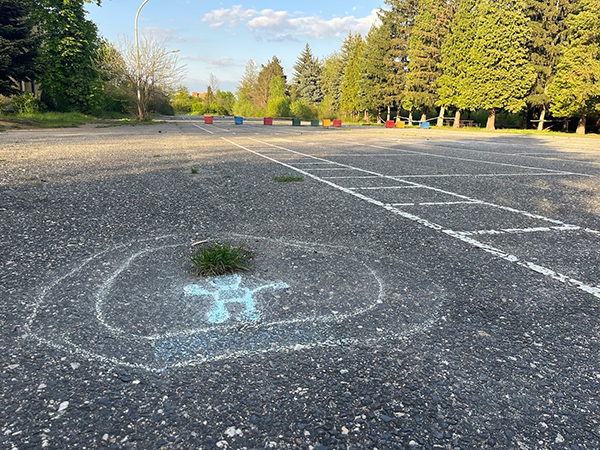
Tibor Polgár believes any further steps following the deployment of the action plan depends on centralised decisions, taken at the national or regional level. Szombathely may well have taken action to realise the URBACT group’s ambitious plan using a HUF 15 bn (EUR 38.7 mn) funding received ten years ago, but that time around a state subsidy was provided not for the Hussar barracks but for the development of a stadium with a capacity of 8600 that serves as a venue for football matches of the local team.
In the meantime, spontaneous users also started to revitalise the abandoned area. Street art and graffiti demonstrate the presence of young creative minds and it is impossible to visit the site without seeing at least a few dog walkers or cyclists on the spot. “Every time I come here, new doors are opened. I am happy that the community is making use of the area,” Tibor Polgár said.
 This article was produced as part of the Union Is Strength competition, organised by Slate.fr with the financial support of the European Union. The article reflects the views of the author and the European Commission cannot be held responsible for its content or use.
This article was produced as part of the Union Is Strength competition, organised by Slate.fr with the financial support of the European Union. The article reflects the views of the author and the European Commission cannot be held responsible for its content or use.